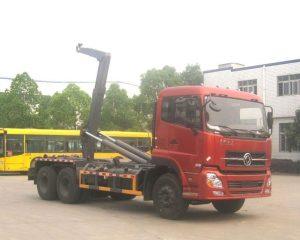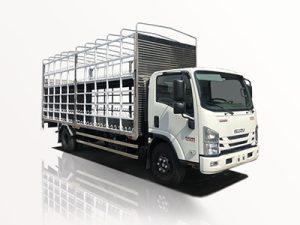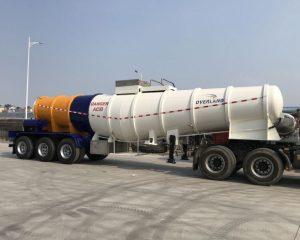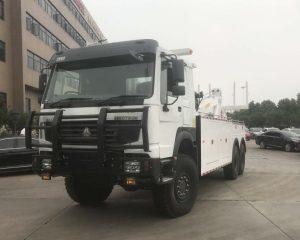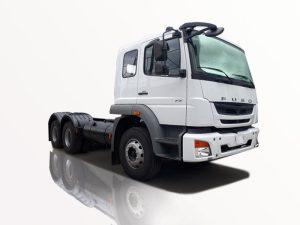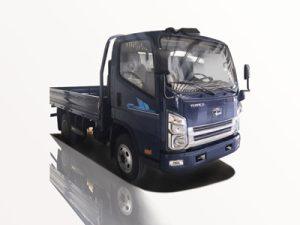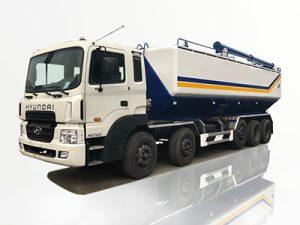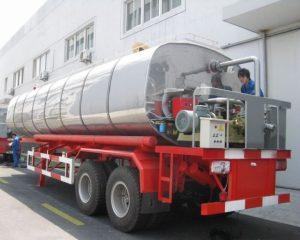Monday to Saturday - 8:00 -17:30
Tiller Fire Trucks: A Comprehensive Guide
Introduction
Tiller fire trucks, also known as aerial ladder trucks, are a crucial element of modern firefighting. These specialized vehicles offer a unique advantage in urban firefighting scenarios where maneuverability and reach are paramount. Tiller trucks have two steering positions: one at the front and one at the rear, allowing them to navigate narrow streets and tight corners effectively. This article explores the features, uses, and benefits of tiller fire trucks, providing insights for fire departments, municipal planners, and the general public. With over 3000 words packed with practical examples, tips, and a comprehensive FAQ section, this guide aims to be the ultimate resource for understanding tiller fire trucks.
What is a Tiller Fire Truck?
Definition
A tiller fire truck is a type of fire engine that possesses a rear-steering capability. This unique feature allows it to make sharper turns than conventional fire trucks, which typically only steer from the front. Tiller trucks are often equipped with an aerial ladder system that extends to a significant height, making them ideal for addressing fires in high-rise buildings.
Characteristics of Tiller Fire Trucks
- Two Steering Axles: The key feature of tiller trucks is that they can be steered from both the front and rear. This enables greater maneuverability.
- Aerial Ladder: Most tiller trucks come with an extendable ladder that can reach higher than conventional ladder trucks.
- Water Pump: These trucks typically have powerful water pumps that can deliver large volumes of water quickly.
- Storage Compartments: Equipped with various storage options for firefighting tools, hoses, and equipment.
The Importance of Tiller Fire Trucks
Enhanced Maneuverability
One of the significant advantages of tiller fire trucks is their enhanced maneuverability. In crowded urban settings where streets can be narrow and heavily parked, tiller trucks can navigate through obstacles more easily than traditional fire trucks.
Increased Reach
The extended aerial ladder of tiller trucks allows firefighters to reach greater heights. This is particularly beneficial in structures that are taller than the average fire truck can accommodate.
Operational Efficiency
With their ability to turn sharply and respond quickly, tiller fire trucks improve response times, which can be critical during emergencies. They can access hard-to-reach areas more efficiently, thus saving valuable time in life-threatening situations.
Components of Tiller Fire Trucks
The Tiller Assembly
The tiller assembly consists of the rear steering mechanism, which allows the driver in the rear cabin to steer the back of the truck independently. This dual-axle design enhances the vehicle’s maneuverability.
Aerial Ladder System
The aerial ladder system is another core component. It may vary in size and operational capabilities, with some extending up to 100 feet or more. This ladder can support rescue operations, fire attacks, and ventilation processes on higher floors.
Water Pump and Hose Systems
Tiller trucks are equipped with powerful water pumps that can draw from various water sources. The onboard hose systems allow for quick deployment in emergency situations.
| Component | Description |
|---|---|
| Tiller Assembly | Allows independent steering from the rear for better maneuverability. |
| Aerial Ladder | Extensible ladder for reaching high places during firefighting operations. |
| Water Pump | Powerful pump for delivering large volumes of water quickly. |
| Storage Compartments | Space for storing firefighting equipment and tools. |
Types of Tiller Fire Trucks
Conventional Tiller Fire Trucks
Conventional tiller trucks are often used by larger fire departments where the road infrastructure allows for their maneuverability. They typically come with a robust aerial ladder and ample storage compartments.
Tiller Ladder Trucks
These are specifically designed for high-rise operations, equipped with ladders that can extend beyond 100 feet. Tiller ladder trucks are essential in urban settings with tall buildings.
Custom Tiller Fire Trucks
Some manufacturers offer custom tiller fire trucks that cater to specific needs of fire departments. These customizations might include additional storage, specialized equipment, or modified dimensions for specific urban environments.
Buying or Leasing a Tiller Fire Truck
Factors to Consider
When purchasing or leasing a tiller fire truck, fire departments should consider several factors:
- Budget: Determine your budget for upfront purchase and maintenance costs.
- Usage Requirements: Evaluate how often and in what type of scenarios the truck will be used.
- Specifications: Ensure that the truck meets specific requirements such as ladder reach and pump capacity.
- Manufacturer Support: Look for manufacturers that provide strong after-sales support and warranty options.
Leasing vs. Buying
Fire departments must weigh the pros and cons of leasing versus purchasing tiller fire trucks:
- Leasing Pros: Lower upfront costs and updated technology.
- Leasing Cons: Long-term costs may be higher compared to purchasing.
- Buying Pros: Ownership of the asset and freedom to customize.
- Buying Cons: Higher initial costs and potential depreciation.
Safety Considerations for Tiller Fire Trucks
Operational Training
Firefighters must undergo specialized training to operate tiller fire trucks safely, given their unique steering mechanisms and aerial operations. This training should focus on vehicle maneuverability, ladder operations, and emergency response protocols.
Regular Maintenance
Regular maintenance checks are vital to ensure optimum performance. This includes inspecting the aerial ladder for structural integrity, checking the water pump functionality, and ensuring that the steering mechanisms are operational.
Real-world Applications
Urban Fire Response
Tiller fire trucks excel in urban environments. For example, in major cities like New York, tiller trucks are indispensable for tackling high-rise fires, where quick access and aerial capabilities are essential.
Special Event Coverage
They are often deployed during large public events, offering a quick response option in case of emergencies. Their ability to maneuver in crowded areas makes them ideal for such situations.
Future Trends in Tiller Fire Trucks
Technological Advancements
As technology evolves, tiller fire trucks are being integrated with advanced features such as automated steering, GPS tools for navigation, and real-time communication systems that allow for better coordination during emergencies.
Green Firefighting Solutions
With increasing attention on environmental safety, future tiller fire trucks may incorporate eco-friendly technologies, like hybrid engines or systems designed to reduce water consumption during firefighting operations.
FAQs about Tiller Fire Trucks
What makes a tiller fire truck special?
The dual steering capability allows it to navigate tight spaces more effectively than traditional fire trucks, making it especially useful in urban settings.
How high can a tiller truck’s ladder extend?
Most tiller fire trucks are equipped with ladders that can extend up to 100 feet or more, depending on the specific model and manufacturer.
Are tiller fire trucks more expensive than standard fire trucks?
Tiller fire trucks can be more expensive due to their specialized features and capabilities, but they offer significant benefits in urban firefighting scenarios.
How often should tiller trucks be maintained?
Regular maintenance checks should be performed at least quarterly, with more frequent inspections recommended for components like the aerial ladder and steering mechanisms.
What types of training are required for firefighters operating tiller trucks?
Firefighters must undergo specialized training that focuses on the unique handling characteristics of tiller trucks, as well as aerial operations and emergency response procedures.
Can a tiller fire truck be used in rural areas?
While tiller fire trucks are designed primarily for urban settings, they can be beneficial in rural areas with complex road layouts, though their size may limit accessibility in some cases.


